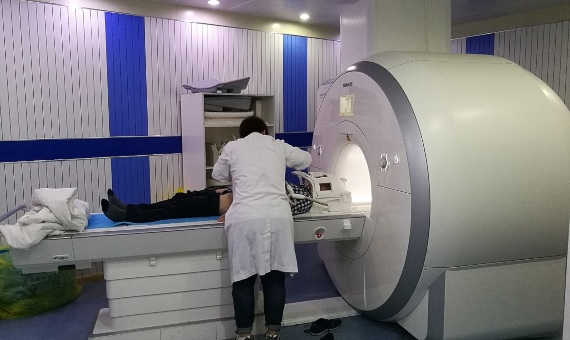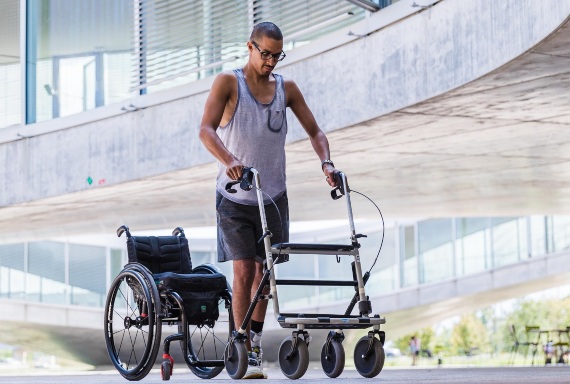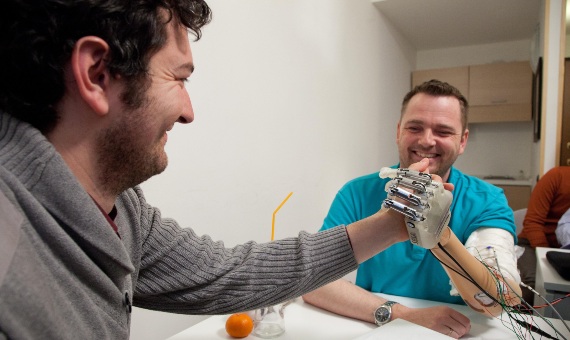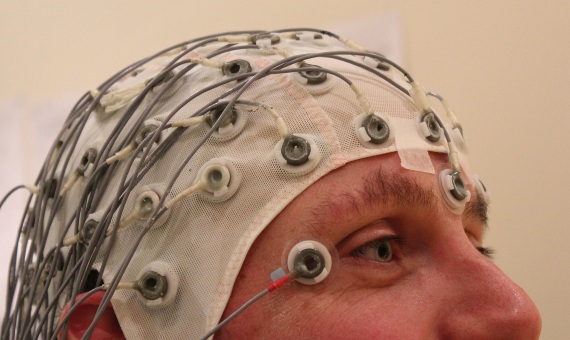In april, 1861, a man called Louis Victor Leborgne died in Paris. He had lost the ability to speak—for the last 21 years of his life, he could only utter the syllable “tan”. The French physician and anatomist Paul Broca carried out a post mortem examination of his brain and discovered an injury on the front part of the left hemisphere. In subsequent autopsies of patients with speech loss, Broca found similar lesions, always in the same area. This was the first evidence that the brain’s functions, such as speech production, resided in specific regions of the organ.
Broca’s discoveries laid the groundwork for neurotechnology, which flourished a century later. This field aims to study the brain, to treat its illnesses and to expand its abilities, by bringing together machines and the human central nervous system. It’s a relatively new discipline which is sometimes dismissed as science-fiction, but already neurotechnology has gained acceptance and respect in modern science through its merits. Here, we go over the field’s most relevant accomplishments.
-
Magnets to peer into the brain
The brain is a lump of meat encased in a bony shell. Nineteenth century anatomists, like Broca, could only hope to study it after death. This changed with the arrival of neuroimaging techniques: computed tomography scanning (CT), positron-emission tomography (PET) and magnetic resonance imaging (MRI). Unlike the first two methods, the latter one does not use ionising radiation, a known cause of cancer.

When a person enters the great magnet of an MRI machine, protons which make up water molecules inside the body align and, in the process, release energy waves which the device can pinpoint. The inventors of the scanner, Paul Lauterbur and Peter Mansfield, adapted a technique widely used in chemistry to decipher the structure of organic molecules. The British medical physicist Ian Young implemented its use in healthcare—he took the first magnetic resonance image of a human brain in 1978.
Since MRI is a safe and noninvasive technology capable of peering into the soft tissues of the body, it has become one of the most important neuroimaging techniques in medicine, and the most important one in neuroscience research. It provides a window into the working brain, because it can record the rush of oxygen delivered to firing neurons in near-real time. On top of this, the contrast it achieves between grey matter (neuron bodies) and white matter (connections between neurons) makes it suitable to monitor infectious and vascular diseases of the brain, as well as degenerative illnesses like dementia and Alzheimer’s disease.
-
Electrodes to cure paralysis
As science began to uncover the functions of different brain regions, towards the end of the 19th century, doctors began to experiment with a new type of treatment: deep brain stimulation (DBS). Unlike electroconvulsive therapy, which employs electrodes on the surface of the skull and was used in previous decades, the new technique required surgeons to insert implants that would directly stimulate clusters of neurons inside the brain. During the 1990s, this method proved effective to treat symptoms of Parkinson’s disease and essential tremor—it has more recently been used to treat obsessive-compulsive disorder and epilepsy, and its efficacy is now being tested for depression.

In 2018, deep stimulation reached a new milestone: for the first time, people who had become paraplegic through accidents recovered movement and partial control of their legs. In this case, electrodes are implanted in the spine, where they can send targeted pulses to the limbs’ nerves.
The procedure is experimental and won’t hit the world’s hospitals for a few more years, but already six people who suffered complete or partial paralysis of the legs have regained the ability to walk, aided by crutches or a walker, thanks to three independent studies carried out at different research centers. Two of these patients, David Mzee and Gert-Jan Oskam, treated at the EPFL institute in Switzerland, can now move certain joints even when the stimulation is switched off. This intriguing phenomenon raises the possibility of future patients recovering control of their limbs, given the right treatment and physical therapy.
-
Implants to restore the senses
Our perception of the world—what we feel when we see, smell, hear, taste or touch—is nothing but a collection of electrical pulses, which the brain processes to form a useful interpretation of material reality. Usually, these pulses are generated by our sense organs, like the eye or the ear, but when these biological receptors fail, neurotechnology can step in.

The cochlear implant exists since the late 20th century: thanks to this device, hundreds of deaf people can hear. The implant has a microphone which records sounds from the environment. It codes this information as electrical pulses which are sent by radio waves to an array of minute electrodes inserted in the auditory nerve. The technology works and has a good track record; there is no reason why scientists and engineers can’t design analogous applications to recreate the other senses. In fact, already there are bionic prosthetics featuring pressure receptors, designed to emulate the sense of touch, and electronic retinal implants are being tested to directly stimulate the optical nerve in patients who have lost photoreceptors from their eyes.
-
Sensors to read the mind
Beyond its medical applications, neurotechnology offers the possibility of expanding the nervous system’s abilities. However, enhancements which require surgical access to the brain won’t be popular with the public. The most widely used noninvasive alternative is electroencephalography (EEG), which relies on sensors placed over the scalp to register brain waves produced by nervous impulses of the brain.

The first article in this series on neurotechnology discusses some of the most advanced and promising applications of this technique, such as mind-controlled prosthetics, robots and computer programs, as well as neuromarketing research methods. Great strides in the field of brain-machine interfaces hint to a future where silent communication will be possible by linking two minds with neurotechnology.
Experts stress that no technology can spy on people’s thoughts: brain wave readings lack precision, and we don’t know enough neuroscience to interpret them in any detail. However, it is possible to detect certain emotional reactions by EEG, and a trained user can already generate mental signals with enough precision to steer a robot or an operating system. With the right software, the same user will also be able to generate a limited repertoire of telepathic signs, for instance letters or discrete words.
Comments on this publication